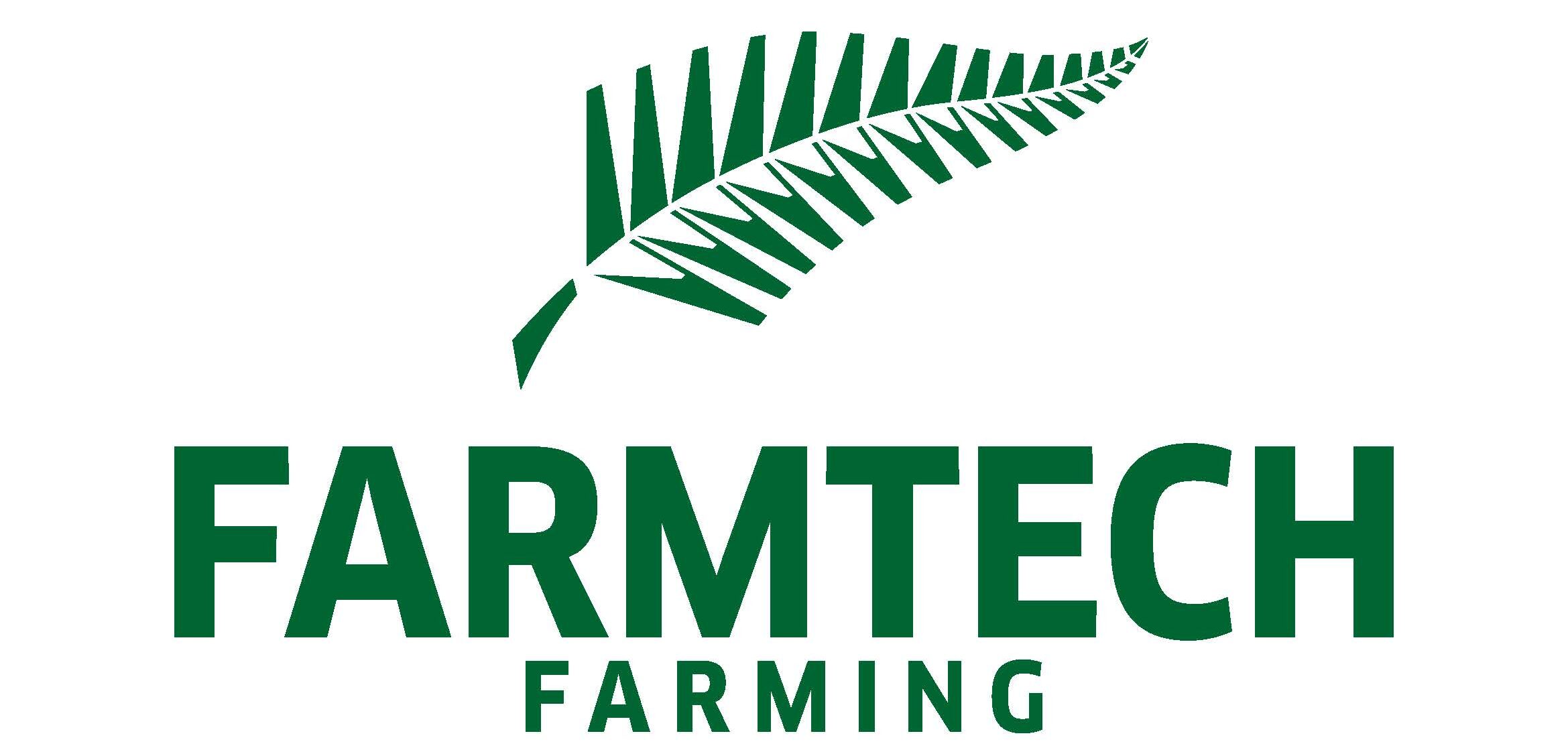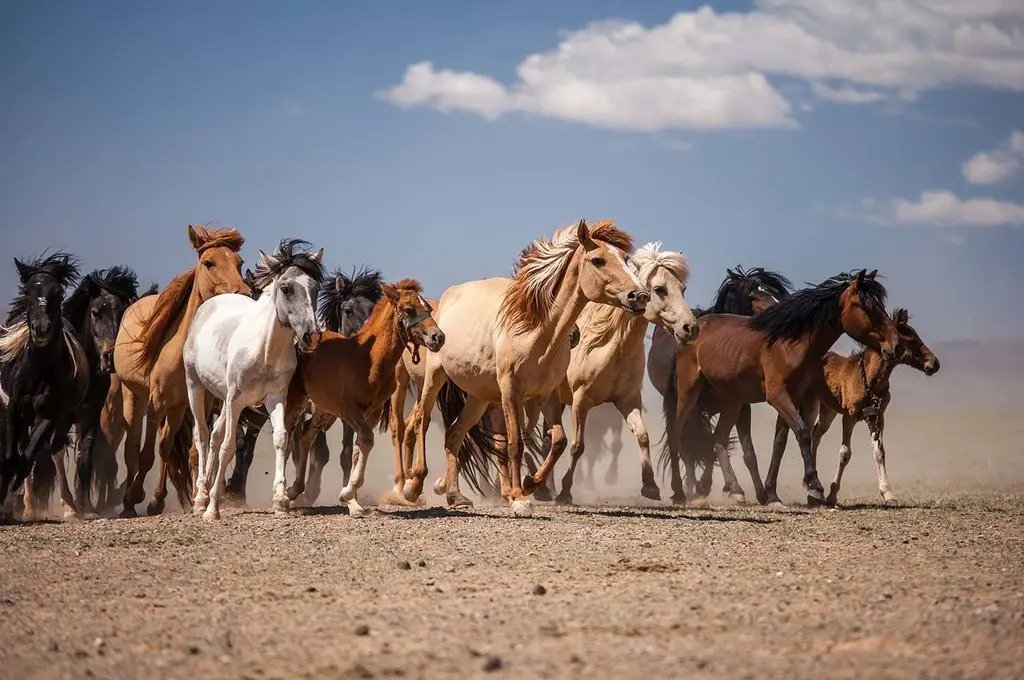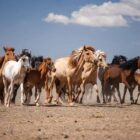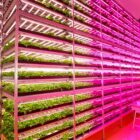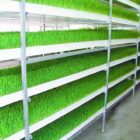Animal nutrition requirements have grown as livestock output has increased. Animal productivity and reproduction improve when green fodder is fed to them. Following that, feeding green fodder improves livestock products.
For example, providing hydroponic fodder to dairy animals contributes to the long-term economic development of dairy output, while insufficiency occurs when dairy animals feed without incorporating green fodder into their diet.
Due to insufficient productivity, livestock production in the UAE and Asian nations is inadequate. Nonetheless, the primary challenges in growing green fodder stem from reduced area size for fodder cultivation, workforce needs, water scarcity, and higher fertilizer costs.
Furthermore, a lack of consistent quality green fodder throughout time amplifies the constraints of sustainable dairy production.
The Major Impediments to Shift on Hydroponics
Land scarcity has now been identified as a major barrier to ruminant feed production. Ruminant animals, unlike monogastric mammals, cannot constantly rely on wheat grains. With these and other issues in mind, alternative technologies such as hydroponics emerged as essential.
Hydroponics is a cutting-edge agricultural technology that meets the nutritional needs of cattle. This method provides a promise for long-term fodder production at a reasonable cost. It is a method of producing crops such as barley without the use of pesticides or artificial growth stimulants.
It is distinguished by a short growing period of 7-10 days and the requirement of a small plot of land for production. It has a high concentration of protein, vitamins, fiber, and minerals, all of which are good for animals’ health. As a result, this technology is an essential agricultural tool that is now being applied in a multitude of countries.
The use of this technology as livestock feed improves cattle productivity. The cultivation of a broader area of land opens the door to the hydroponics technique of fodder production for cattle.
What is Hydroponic Fodder?
Hydroponics is derived from the Greek terms ‘hydro’ and ‘ponics,’ which indicate water and working, respectively. In short, this is a plant growing without soil. It is also known as sprouting grain/fodder. It grows and develops quickly in a controlled atmosphere in a greenhouse.
Hydroponic fodder production takes place without the need for soil and instead makes use of water. Nutrient-rich solutions can be used in a greenhouse for a limited time. However, such nutritional solutions are not required, and merely tap water can be utilized.
The fodder is a carpet of roots, seeds, and plants that grow to a height of 10-15 cm. It is said to be very pleasant, digestive, and nourishing for animals. The use of hydroponic feed increases milk output by 8-13 percent.
This is the greatest alternative technique to utilize for dairy cows using low-cost resources in areas where typical green fodder supply is restricted.
Hydroponic green fodder requires suitable growth conditions in particular growing chambers for greater forage grain germination in a short period of time. Wheat, oat, barley, and other grains are used to grow new forages.
Basics of Hydroponic Fodder Production
Hydroponics is the cultivation of cereal grains in the absence of solid growth media and with the essential moisture and nutrients. Harvested sprouting shoots and root mats are given to animals. Within 7 to 10 days, germination occurs in reaction to the given moisture and nutrients, producing a 200 to 300mm long bright green stalk with intertwined roots.
Various cereal grains can be utilized for fodder production, with varying biochemical and structural changes occurring during the growth phase. It has been discovered that enzyme stimulation is required for the breakdown of nutrients to their simplest forms.
Grain variety, quality, and treatments like nutrient availability, pH, water quality, soaking duration, and so on all have an impact on the amount of germinated and high-quality fodder produced.
Even though the growth of different fodder grains varies, the average fresh fodder mat grows to 10-15 cm in height, 7 to 9kg in weight. It is recommended that water be used wisely in the cultivation of hydroponics.
The Significance of Hydroponic Feeding
Hydroponics overcomes the challenges associated with traditional fodder production methods. This is accomplished by utilizing a small plot of land with a vertical growth method, which allows for the production of a significant volume of hydroponic fodder on a fraction of the space required for traditional fodder production, hence increasing animal stocking potential.
It is estimated that a 50 square meter area can yield 600kg of corn fodder each day. In the usual mode of production, however, 1 hectare of land is required to produce the same quantity of feed.
Water recycling operations reduce the amount of water required for hydroponic fodder production. As a result, 1kg of maize hydroponic fodder may be produced in 7 days with 1.5 liters (if water is reused) or 3 liters of water (if water is not reused).
Water that is not recycled might be used to water a yard near the producing facility. Only one worker is required to produce around 600kg of hydroponic feed. Furthermore, fodder may be grown without soil preparation, regular weed clearance, fencing, post-harvest loss, or production on a daily basis.
There are other benefits, such as the growth of fodder that is free of antibiotics, hormones, herbicides, or pesticides, and the absence of pest infestation, which results in a minimal maintenance demand.
Another benefit of hydroponic fodder is its rapid growth with little nutrient restriction and increased output. There is no requirement for crop rotation since there is no soil nutrient depletion.
Weeds are scarce in this environment because the medium is antiseptic and enclosed. The hydroponic feed is high in moisture and dust-free. Operating systems such as irrigation, ventilation, and illumination are regulated and maintained at a reasonable cost. Throughout the year, this produces high-quality nutritious green feed.
The feed is more pleasant, nutritious, and contaminant-free than commercial feed. This results in a minimal need for concentrated feeding. As a result, practically all livestock animals are shown to benefit from this technique.
Hydroponic feed is a natural product made without the use of hormones, growth promoters, or artificial fertilizers. There are no pesticides or fungicides, dust, or hazardous substances that might compromise cattle products.
Conclusion
Hydroponics is an agro-technology that can be grown locally using low-cost ingredients and provides more nutritious, pleasant, and digestible feed for cattle. Hydroponics is a sensible substitute technique to combat land shortages and environmental issues.
Several nations are now using it to ensure sustainable animal output. Expanding seed culture and new hydroponic activities reduce production costs and make it easier for communities to produce and sell.
As a result, it is critical to employ low-cost, high-nutritive hydroponic feed for cattle. This method provides a solution to the paucity of green feed, particularly during dry seasons and in metropolitan locations where acreage for grazing land is limited.
Because of its high intake of pleasant and digestible features, this technique is preferable to cereal grains and other concentrated feedings. To increase production, progressive contemporary farmers can use this innovation for their dairy cattle. As an outcome, more research and development efforts should be undertaken for its future applications.
